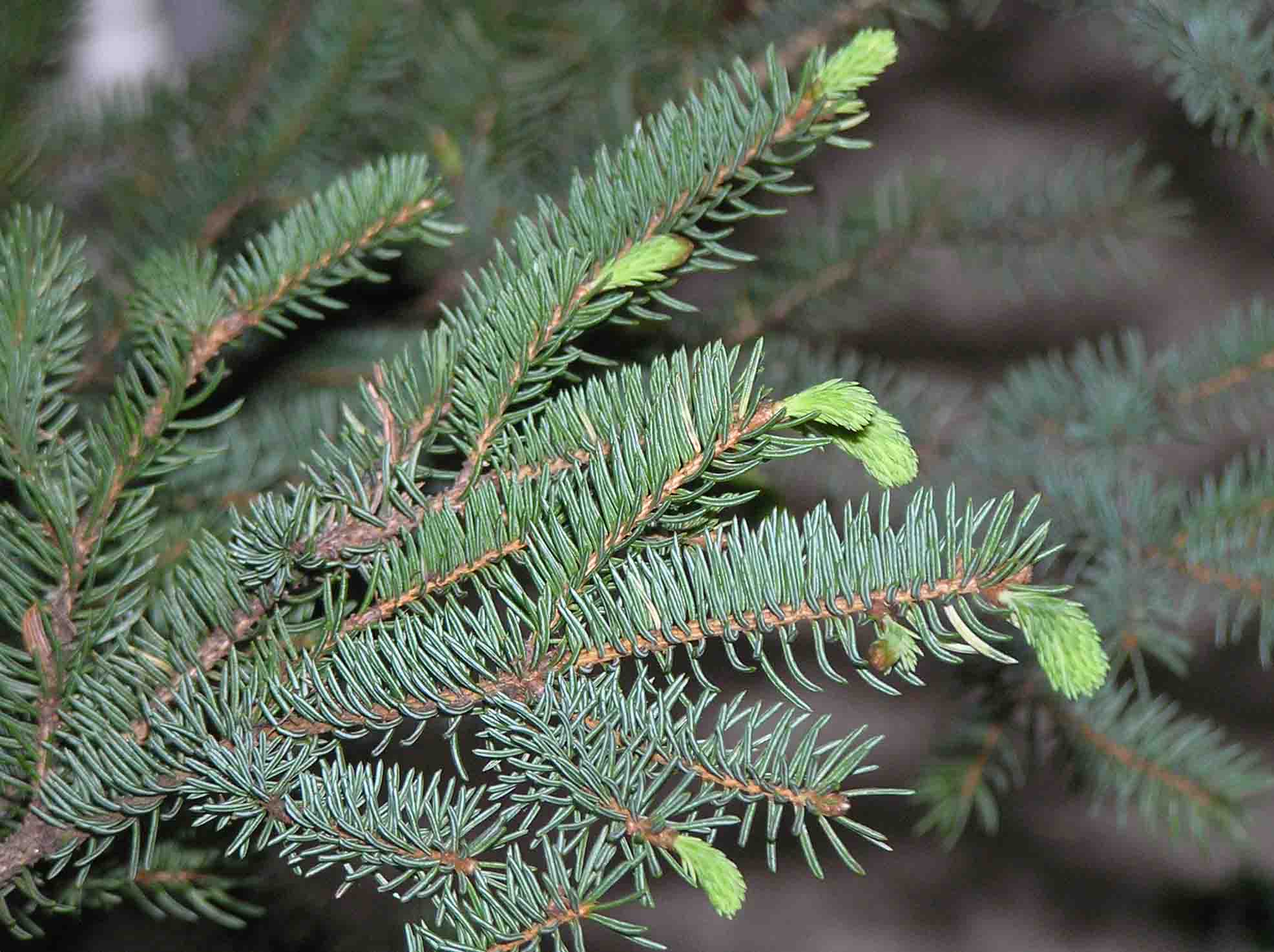One of the roles I’ve evolved into over the past decade as an extension specialist at MSU is that of ‘the Conifer Guy’. Conifers are great and fascinating plants. The oldest trees in the world are conifers, the largest trees in the world are conifers, and some of the most interesting (at least to me) landscape plants are conifers. Unfortunately, for a variety of reasons, in the Upper Midwest we have gravitated to Colorado blue spruce more than just about any other conifer. Part of this over-reliance on blue spruce in the landscape is driven by production (see, Linda, I’m not always an apologist for nurseries). Growers want to grow what they know and what’s easy to grow. As a nursery tree, blue spruce is a reliable performer that is well adapted to a relatively wide range of site conditions. Of course, growers also want to grow what they can sell, and there always seems to be a steady demand for blue spruce. In many neighborhoods it appears that there is an ordinance that every other tree has to be a blue spruce. So what’s the issue? In the Great Lakes region, blue spruce often look pretty good when young. However, as trees age they become susceptible to several major pests, especially cytospora canker and gall adelgid. So all those shapely blue Christmas trees that were planted 10 or 15 years ago are now a bunch of ratty-looking messes. So what’s the solution for blue spruce burn-out? Clearly landscapers and homeowners need to think beyond blue spruce and look for a greater variety of choices. Here are three to consider.
– Serbian spruce Picea omorika Whenever I’m asked to suggest a conifer, Serbian spruce is usually one of the first trees in the conversation. While the color may not be as striking as a blue spruce, Serbian spruce still has impressive needles in its own right – bi-color with dark green on the upper side and silver below. Adding to Serbian’s charm is its graceful weeping habit.
– Swiss stone pine Pinus cembra The late, great conifer expert Chub Harper used to remark, “I never met a cembra I didn’t like.” Chub’s fondness for Swiss stone pine was well founded. Here is an understated, consistent landscape performer. Few pests, dark green needles and stately upright form.
– Korean fir Abies koreana It would be a stretch to consider Korean fir an alternative to blue spruce. While Korean fir is more broadly adapted than many of its pantywaist cousins in the genus Abies, it will still do best on the Holy Grail of moist, well-drained slightly acidic soils. Nevertheless, Korean is tougher than the average fir and is a conifer with some character and worth a shot. Korean firs are often heavy cone producers, which can add an interesting element of color.
